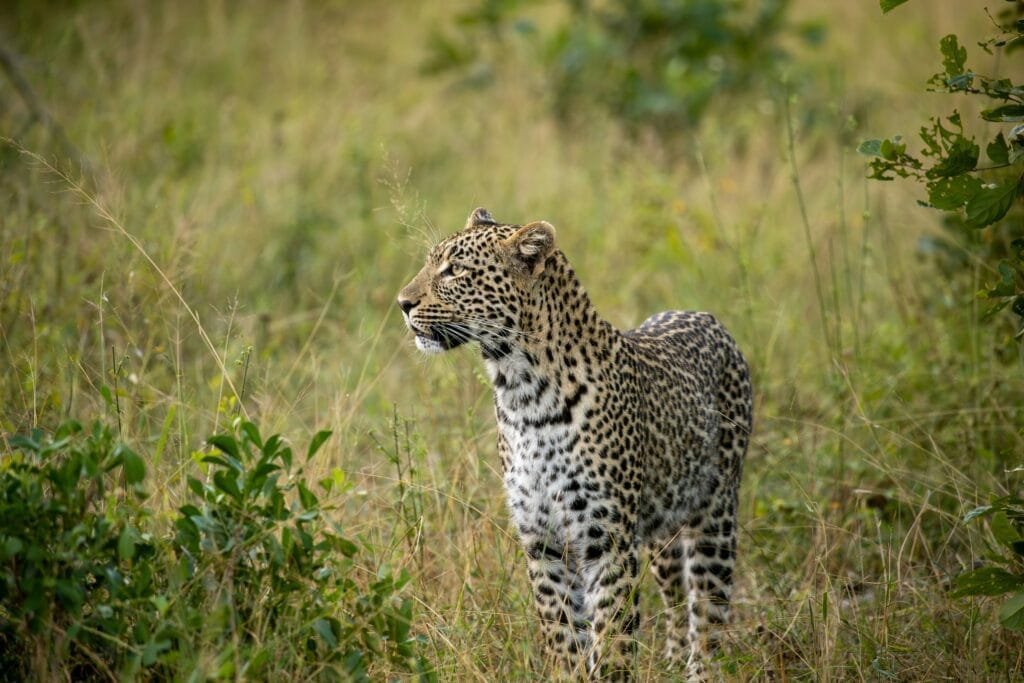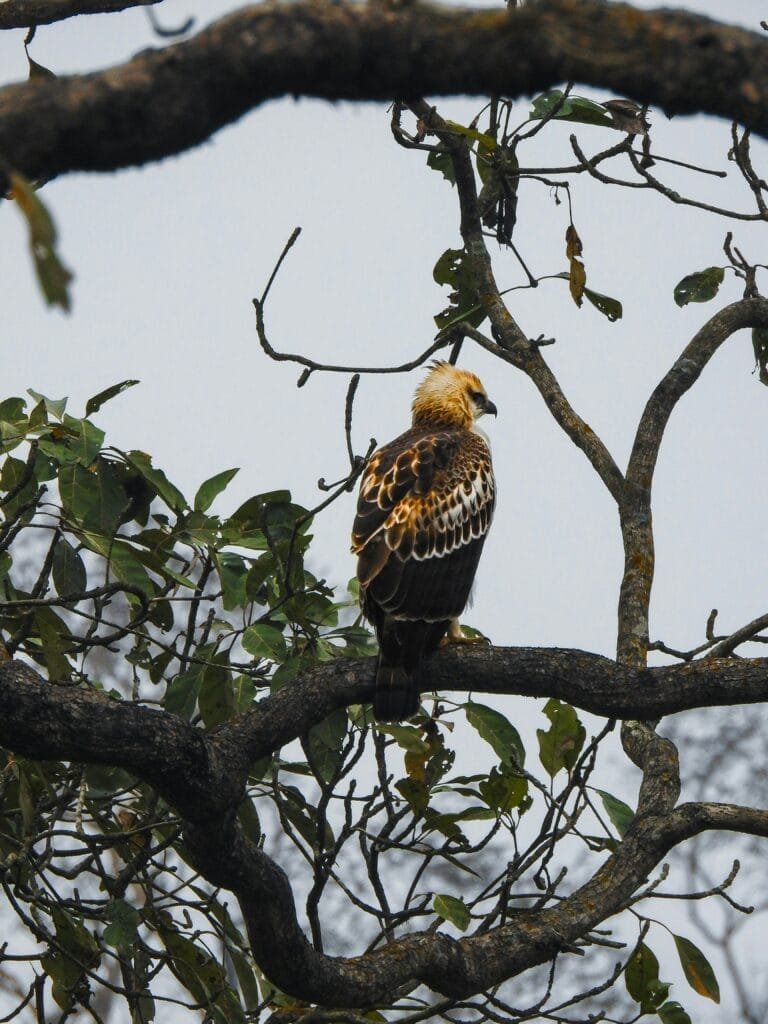Have you ever wondered what it would be like to come face to face with a lion on the African savannah or watch a pod of orcas off the rugged coast of Norway? In a world where urban life often feels disconnected from nature, experiencing wildlife in their natural habitats offers a profound connection to the planet’s myriad ecosystems. This guide will explore key experiences in wildlife tourism, taking readers on a virtual journey to exotic locations around the globe, where unforgettable wildlife encounters await.

Table of Contents
Understanding the Significance of Wildlife Encounters
Wildlife tourism brings about a unique opportunity to view animals in their natural environments, fostering a deeper appreciation for biodiversity and the wonders of nature. When executed responsibly, it can be a powerful tool for conservation, educating travelers, and helping local communities preserve their natural heritage.
The Role of Tourism in Conservation
Responsible tourism can generate significant funding for conservation projects. National parks and wildlife reserves often rely on visitor fees to maintain facilities and support their conservation efforts. Additionally, by focusing on sustainable tourism practices, local communities can benefit economically from preserving wildlife rather than exploiting these resources.
Ethical Considerations
While the thrill of encountering wildlife is undeniable, ethical considerations must guide these interactions. It is crucial to choose operators and destinations that prioritize the welfare of the animals and the preservation of their habitats. Special attention should be paid to practices that avoid human intervention or influence on wildlife behavior.
Top Exotic Locations for Wildlife Encounters
Exploring exotic destinations can enrich our understanding of ecosystems vastly different from our own. Each location brings unique wildlife spectacles that can transform the way we perceive our connection to the environment.
The Serengeti, Tanzania
Few wildlife experiences can rival the sheer spectacle of the Great Migration in Tanzania’s Serengeti National Park. This annual event sees millions of wildebeests, zebras, and gazelles embark on a treacherous journey in search of fresh grazing lands. Watching the mass movement of these animals against the sprawling plains is a sight that embodies the raw power and unpredictability of nature.
Borneo, Malaysia
Borneo’s rainforests are among the oldest in the world, providing sanctuary to an astonishing array of wildlife. Foremost among Borneo’s treasures is the endangered orangutan. Visitors have the opportunity to observe these remarkable primates swinging through the trees or visit rehabilitation centers dedicated to their conservation.
Galápagos Islands, Ecuador
The Galápagos Islands offer a wildlife experience unlike any other. Famous for inspiring Charles Darwin’s theory of evolution, the islands are home to species that cannot be found anywhere else on Earth. From giant tortoises to blue-footed boobies, the Galápagos provides unique opportunities to observe and engage with a diverse and often fearless array of wildlife.
The Amazon Rainforest, Brazil
The Amazon Rainforest, stretching across several South American countries, is a vast, untamed expanse teeming with wildlife. It is home to an unprecedented amount of biodiversity — jaguars, sloths, and vibrant parrots, to name just a few. Guided tours deep into the jungle can offer glimpses of these creatures and a profound sense of the complexities of this vital ecosystem.
Antarctica
Antarctica, the least populated continent, is a haven for wildlife largely unafraid of human presence due to its isolation. Cruise expeditions to the Antarctic Peninsula offer sightings of majestic penguins, seals, and cetaceans, all set against the pristine backdrop of glaciers and icebergs.

Preparing for a Wildlife Encounter
The anticipation of witnessing incredible wildlife up close can be exhilarating, but preparation is key to ensuring both safety and an enriching experience.
Research and Planning
Start by researching the destination and the kind of wildlife you expect to encounter. Understanding the behavior and habitat of these animals can enhance the experience and provide context to your encounters.
- Select a Reliable Tour Operator: Choose operators with ethical practices and experts who prioritize animal welfare and sustainability.
- Timing: The timing of your visit can greatly enhance your chances of witnessing specific wildlife phenomena, such as migrations or breeding seasons.
Packing Essentials
When heading into the wild, packing the right gear is essential for comfort and safety. Consider lightweight, moisture-wicking clothing and sturdy footwear. Binoculars and a quality camera can help capture those unforgettable moments without disturbing the wildlife. A reusable water bottle and eco-friendly sunscreen contribute towards reducing your ecological footprint.
How to Ensure Sustainable Wildlife Encounters
Promoting sustainability is vital in wildlife tourism to preserve these experiences for future generations. Every wildlife encounter should be approached with respect for the environment and the creatures that inhabit it.
Minimize Impact on Wildlife
Observers should always maintain a respectful distance from the animals to prevent stress or disruption to natural behaviors. Avoid feeding wildlife or attempting to touch them, as this can lead to dependency or aggressive interactions.
Support Local Conservation Efforts
Many wildlife-based destinations host local conservation projects. Visitors can support these initiatives by contributing to conservation funds or participating in educational programs that enhance the well-being of the local ecosystems.
Choose Sustainable Accommodations
Opt for accommodations that emphasize sustainable practices like recycling, use of solar energy, and water conservation. Many eco-lodges are located close to wildlife reserves, reducing the need for extended travel and promoting a more immersive natural experience.

A Closer Look: Case Studies in Wildlife Tourism
Let’s take a closer look at some notable case studies that highlight how wildlife tourism can positively or negatively impact local ecosystems.
Success Story: Rwanda’s Mountain Gorillas
Rwanda has established itself as a leader in sustainable wildlife tourism through its gorilla trekking initiatives. By implementing strict visitor regulations and investing profits back into conservation and community projects, Rwanda has successfully increased gorilla populations while simultaneously benefiting the local economy.
Cautionary Tale: Thailand’s Elephant Camps
In contrast, Thailand’s elephant camps have received criticism for often exploiting elephants in the tourism industry. However, there have been positive changes with the emergence of ethical sanctuaries that prioritize the welfare and sanctuary of these magnificent creatures over entertainment.
| Wildlife Tourism Location | Notable Species | Current Practices | Sustainability Impact |
|---|---|---|---|
| Rwanda | Mountain Gorillas | Regulated Trekking, Community Support | Positive |
| Thailand | Asian Elephants | Varied (Camps vs. Sanctuaries) | Mixed (Potential Positive) |
Potential Challenges and Problem-Solving Strategies
While the allure of exotic wildlife encounters is strong, potential challenges can arise, requiring thought-out solutions.
Responsible Interaction
Responsibility lies heavily with the traveler to ensure minimal disruption to wildlife. Educating oneself on, and adhering to, ethical guidelines regarding interaction can safeguard both the animals and the environment.
Seasonality and Climate Considerations
Weather patterns and seasonal changes can significantly impact wildlife viewing. Planning trips around optimal times and understanding climate-related challenges will maximize wildlife observations while ensuring personal safety.

Future Trends in Wildlife Tourism
The landscape of wildlife tourism continues to evolve, driven by technology and the ongoing push for sustainability.
Technological Advancements
Innovations such as drone technology and wildlife cameras are revolutionizing wildlife watching, offering new perspectives while minimizing human impact.
Focus on Citizen Science
Travelers are increasingly participating in citizen science projects, collecting data that contributes to the scientific study and conservation of wildlife.
Conclusion: Rediscovering Our Connection to Nature
In the ever-industrializing world, unforgettable wildlife encounters in exotic locations offer a priceless opportunity to reconnect with the natural world. By embracing responsible tourism practices, we not only enrich our own lives but also contribute to the enduring health and beauty of the planet’s ecosystems. Future travelers are thus encouraged to seek out these extraordinary experiences, armed with knowledge and respect, to witness the splendor and intricacies of wildlife and their habitats.
For those wishing to embark on or further explore the avenue of wildlife tourism, consider exploring resources such as the “Ethical Guide to Wildlife Watching” or “Adventures in Sustainable Travel” for in-depth guidance.
By appreciating and supporting conservation through responsible wildlife tourism, we can ensure these extraordinary experiences are preserved for generations to come.

